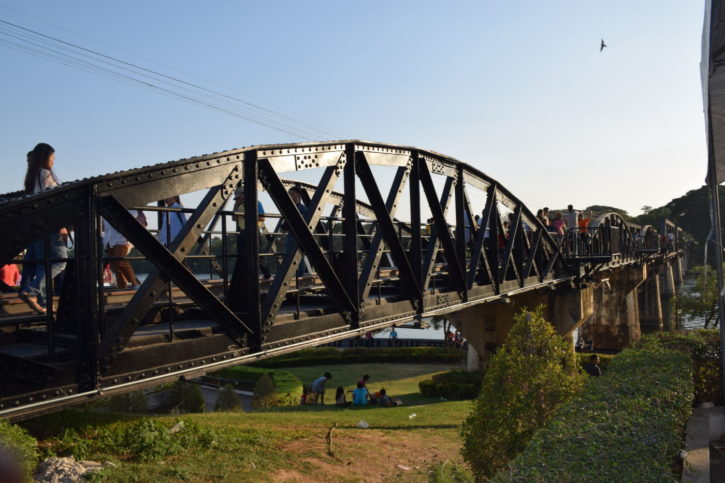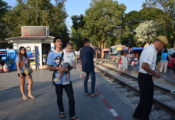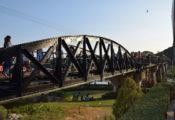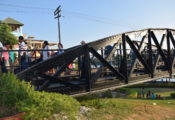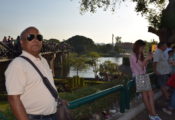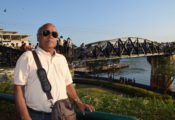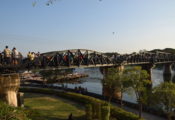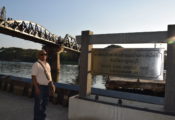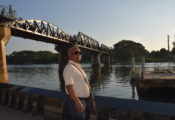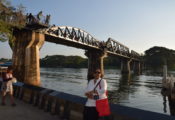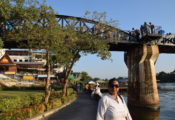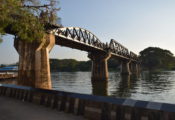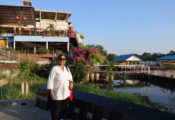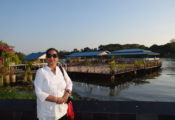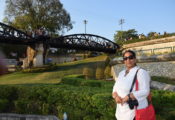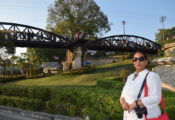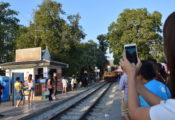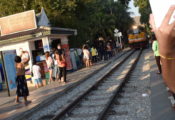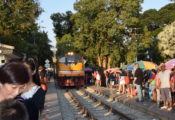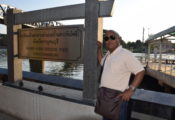Of all the remnants of war history in Thailand today, those in Kanchanaburi – less than a three-hour drive west of Bangkok – are probably the most well-known, significant and poignant. Subsequent to their invasion, with unfettered access to and the use of Siam’s infrastructure, Japan sought to create a transport route through Siam into Burma, which it also occupied between 1942 and 1944, in order to reduce its reliance on sea transport and facilitate onward moves into India. . For the duration of the Second World War, Thailand was still known as Siam and, until Japan invaded Siam in December 1941, the country had been officially neutral. The invasion meant Japanese troops could – with Siam’s cooperation rather than an entirely forced hand, it has to be said – pass through the country en route to invade Malaya (modern-day Malaysia and Singapore) and Burma (now Myanmar), both British colonies.
The Bridge on the River Kwai escaped planned bombing, and remains in place in Kanchanaburi as a tourist attraction and functioning railway bridge over which trains pass daily. The majority of its smaller components are originals, while a few are post-war replacements. Although the Death Railway has never again reached the Myanmar border, a shorter stretch was reopened by Thailand’s railway authorities between 1949 and 1958, and trains on this modern-day line cross the infamous Bridge on the River Kwai.

